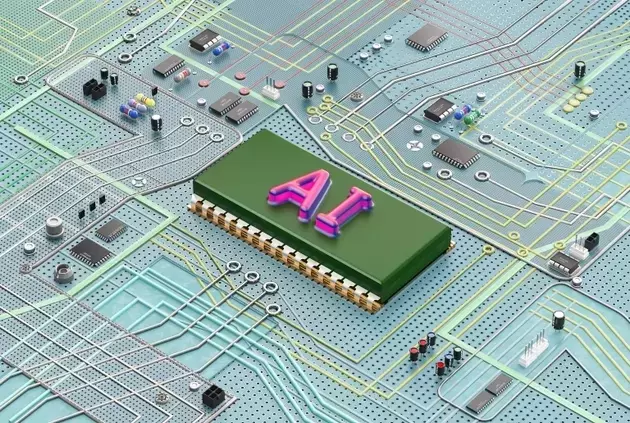
Arista Networks has experienced significant stock volatility, largely attributable to a moderation in its growth trajectory and a substantial increase in deferred revenues. This situation arises from a crucial time lag between the sale of GPUs by chip manufacturers and the subsequent deployment of the necessary network infrastructure, preventing immediate revenue recognition on Arista's financial statements. Despite the promising doubling of AI-related sales projected for 2025, which offers new avenues for this networking leader, particularly as major AI players like OpenAI diversify their GPU suppliers to include Broadcom and AMD, the core challenge remains. The recognition of these deferred revenues is not anticipated until 2026, implying that market volatility will likely persist, exacerbated by potential bubble-related risks in the broader technology sector.
The company's stock fluctuations can be directly linked to the deferred revenue phenomenon, which is a consequence of how large-scale AI infrastructure projects are typically rolled out. When chipmakers sell vast quantities of GPUs, the immediate beneficiary in terms of recognized revenue is the chip manufacturer. However, the networking components, such as those provided by Arista, are installed in a subsequent phase. This delay creates a backlog of orders that are technically sold but cannot be recognized as revenue until the network systems are fully implemented and accepted by the clients. This gap in the revenue cycle explains why Arista's financial reports might not immediately reflect the surging demand for AI infrastructure, despite robust underlying sales activity.
The strategic shift by major AI developers, such as OpenAI's decision to procure GPUs from a more diverse set of suppliers including Broadcom and AMD, could theoretically benefit Arista by broadening the base of AI initiatives requiring advanced networking. However, the fundamental issue of revenue recognition timing remains. While these new opportunities promise future growth, they do not accelerate the current revenue realization from previously placed orders. This implies that even with a strong pipeline of projects and increasing demand for AI networking solutions, the company's financial performance will continue to be impacted by the inherent delays in project completion and revenue recognition.
Furthermore, the current market environment, characterized by intense speculation around AI technologies, introduces additional layers of risk. The possibility of an 'AI bubble' could lead to sharp market corrections, affecting even fundamentally strong companies like Arista. Investors are thus grappling with a dual challenge: understanding the company's long-term growth potential driven by AI, while simultaneously navigating the short-to-medium term uncertainties posed by revenue recognition lags and broader market dynamics. This complex interplay of factors necessitates a cautious approach, as the delayed financial gratification coupled with market risks could continue to exert downward pressure on the stock.
Given these considerations, maintaining a Hold position for Arista Networks is a prudent strategy. While Nvidia's recent strong performance might suggest a bullish outlook for the entire AI ecosystem, Arista faces unique challenges as a networking provider. The discrepancy between when AI chips are sold and when the corresponding networking infrastructure revenue is recognized creates a distinct financial lag. This, combined with the general market's sensitivity to growth figures and the looming shadow of potential market corrections, means that despite its integral role in the burgeoning AI landscape, Arista's stock may not see sustained upward momentum until these specific revenue recognition issues are resolved and market conditions stabilize.
